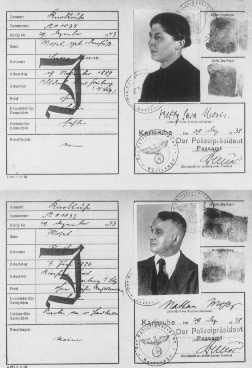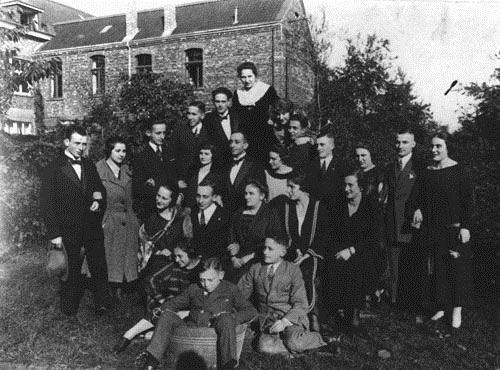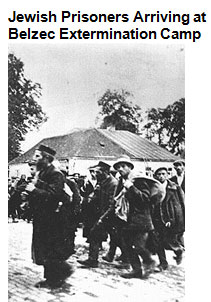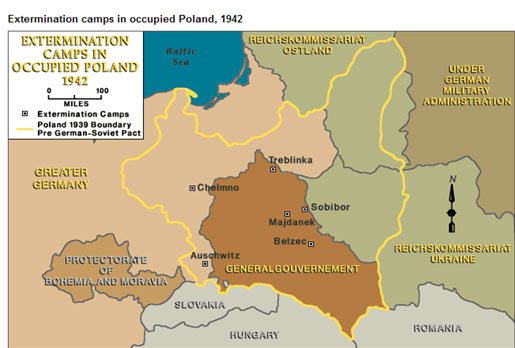
After coming into power in 1933, Hitler and the Nazis began a systematic persecution of Jews and other non-Aryan groups the Nazis considered to be racially inferior to Germans. People with disabilities, homosexuals, and members of selected religious and political groups were targeted for imprisonment and/or death.
The Jewish community of Germany had been a thriving and vibrant community. The Nazis specifically targeted European Jews because the Nazis declared them a threat to Germany. In 1935, the Nazis implemented laws that altered the citizenship of Jews.

Jews were denied citizenship through the implementation of the Nuremberg Race Laws.
Some of the provisions of the Nuremberg Laws are listed below.
The Nuremberg Laws slowly chipped away at the basic civil rights of Jews in Germany. From 1933 to 1939, the Nazis implemented nearly 400 laws that restricted the public and private lives of Jews. The Civil Service Law excluded Jews from state employment. This law also excluded Jews from various professions and organizations. Jews were dismissed from jobs, and businesses owned by Jews were sold to non-Jews in an effort to restrict the Jews economically. These laws were merely the first step leading toward what Hitler called the "Final Solution."
Pictured right is a set of passports issued to a Jewish couple. Note the stamp of "J" that was required of all Jews.

The map below displays the population distribution of European Jews in 1933. Examine the map and answer the questions that follow. Click on the map for a larger version.
According to the map, which region of Europe had the largest Jewish population in 1933?
Interactive popup. Assistance may be required.
In 1933, Eastern Europe had the largest Jewish population with nearly 7 million Jews.
How did the British and French policy of appeasement impact the lives of European Jews?
Interactive popup. Assistance may be required.
By supporting the policy of appeasement, British and French leaders allowed Hitler to expand his territorial claims across most of Europe. This also allowed Hitler to carry out his plans for the Final Solution in the areas that he now controlled.
Hitler’s ultimate plan was to exterminate the Jews. The plan, coined the "Final Solution,” was implemented in several stages. Listed below are key components of the "Final Solution."


Click on the link below to view photographs from the Holocaust.
In the end, the "Final Solution" claimed the lives of nearly six million Jews. People from other groups had also been persecuted by the Germans, and millions died from extreme neglect during incarceration, starvation, or other effects of maltreatment.
Sources of images used for this section as they appear, top to bottom: